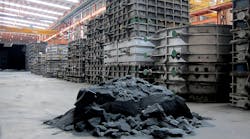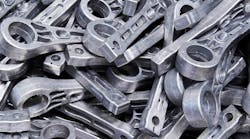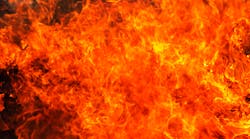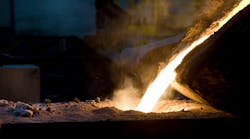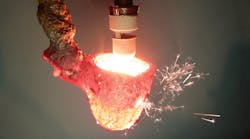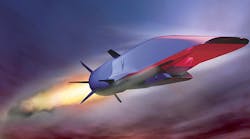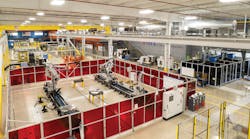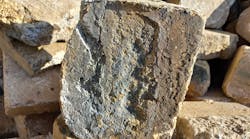The mythological character usually associated with metalcasting is Vulcan, the blacksmithing god of the Roman pantheon. But, a start-up operation is looking in a different direction by naming itself Aesir Metals LLC. No need to look it all up: Aesir is a family of Norse gods, including powerful deities like such as Odin, Frigg, Thor, Baldr and Tyr.
These metalcasters are changing our frame of reference for their work and their abilities. They aim to use lost-foam casting to become a design-oriented, flexible provider of components for manufacturers in emerging markets.
Aesir Metals will start commercial production of lost foam castings in ferrous alloys as early as January. The partners, metalcasting veterans Mark DeBruin and Jeff Rocco, have entered into a lease for plant space in Struthers, OH, near Youngstown, and recently closed on their start-up funding. For the past several weeks, they have been acquiring operating equipment and going through the start-up processes.
Production equipment includes two coreless induction furnaces, a tundish ladle, a custom-designed compaction table, and a 36X48 in. flask. DeBruin indicated larger molds might be accommodated, too.
DeBruin explained the project has been in development for six years. He has about two decades of foundry experience with some well-known foundries, but sees particular advantages now for operations specializing in lost-foam casting.
The lost foam process makes it possible to cast designs with much greater precision, so it’s particularly suitable for start-up manufacturers that need prototype or single-pour versions of their designs. Lost foam castings also offer excellent dimensional tolerances, so they’re ideal for many component designs in growing sectors of manufacturing. DeBruin says that locally there is a good field of candidates, and he anticipates that Aesir will be casting many components directly from foam models.
Lost foam castings have no parting lines, DeBruin reminded us, which together with the as-cast quality of the designs reduces or eliminates the need for machining.
Aesir Metals intends to produce castings in gray and thin-walled ductile iron casting (carbide-free down to 3 mm), and DeBruin predicted the company would be producing steel castings by the lost foam process, too. For all materials, its focus will be on rapid turnaround and high-tolerance (0.003 in.) castings.
Latest from Materials
Latest from Materials
Melt/Pour
Modeling Aluminum Oxidation
Feb. 27, 2024
Materials
Quiz: Know the Metals!
Aug. 29, 2023
Issues and Ideas
OSHA Cites Schumann for Blast
Aug. 22, 2023
Melt/Pour
Reducing Alloying, Improving Castability
July 17, 2023
Materials
SinterCast CGI Volume Hits a New High
July 11, 2023
Issues and Ideas
LIFT, DoD Renew Co-Op
May 17, 2023

